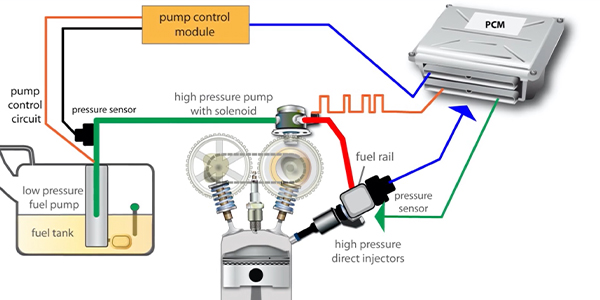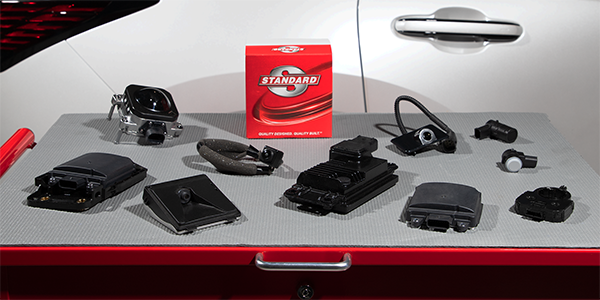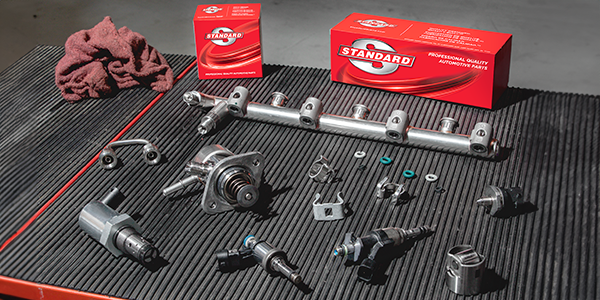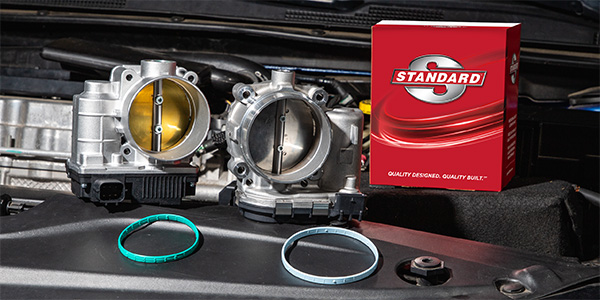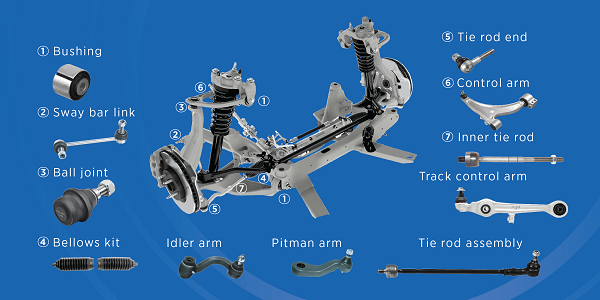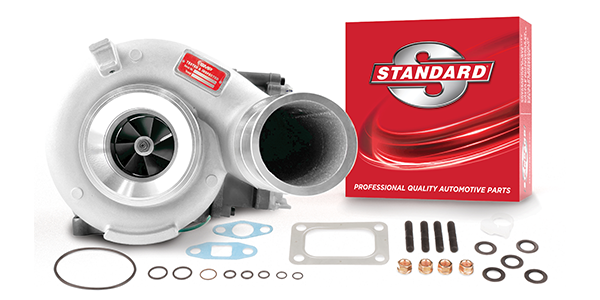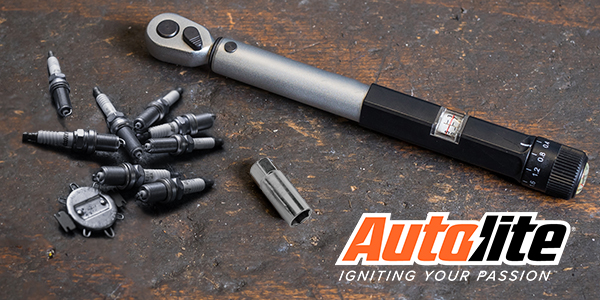Because continuously variable transmissions (CVT) do not use gears like traditional automatic transmissions, they can offer a smoother ride. But that doesn’t mean they are immune from fluid leaks, noise, belt slipping and other performance issues.
As in any automotive system, over time, CVT system seals tend to dry out and shrink, and internal parts become worn. The right transmission fluid additive can stop slips, sluggishness and hesitation while safely and quickly sealing leaks.
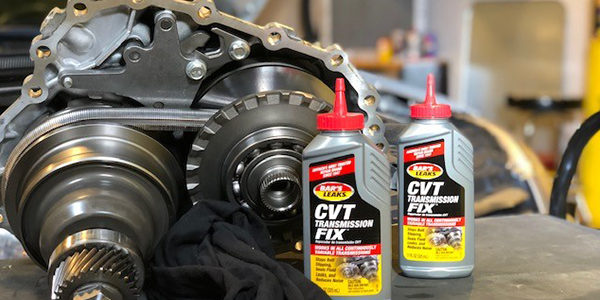
For years, there was no chemical solution to problems in CVT systems since conventional automatic transmission fluid additives can’t be used in these specialized systems. But new transmission supplement formulas engineered specifically for CVT systems have recently entered the market. They contain seal conditioners, extreme pressure and anti-wear agents, detergents and performance boosters to stop belt/chain slipping, seal fluid leaks and reduce noise. Installing such a treatment helps maintain the system and can cost-effectively resolve minor issues before they turn into major trouble.
CVT treatments are an easy add-on to regular maintenance to keep your customers’ vehicles running properly. They can also save the day for customers who need, but can’t afford, a mechanical CVT repair or whose cars aren’t worth the expense of installing a new transmission.
This article was sponsored by Bar’s Leaks. For more information, visit barsleaks.com.



